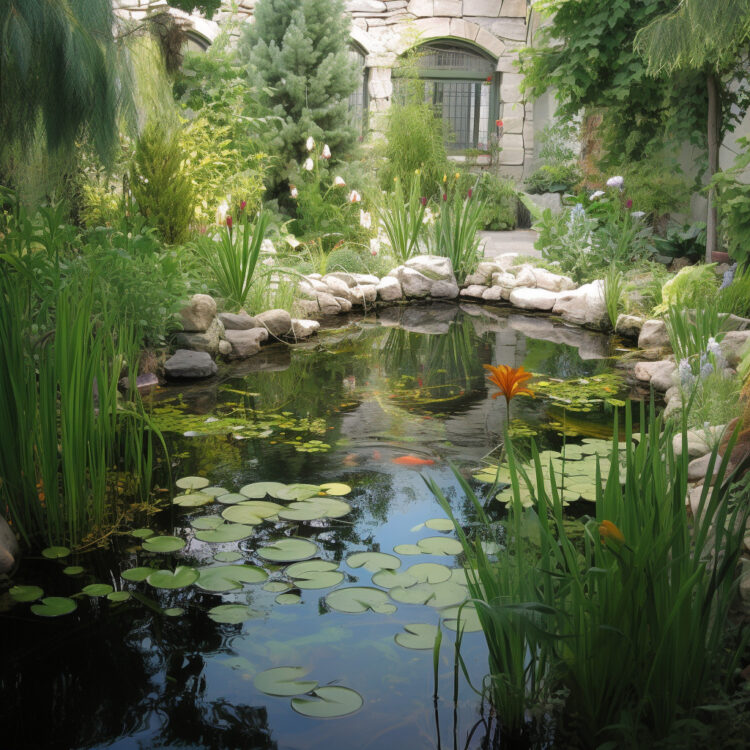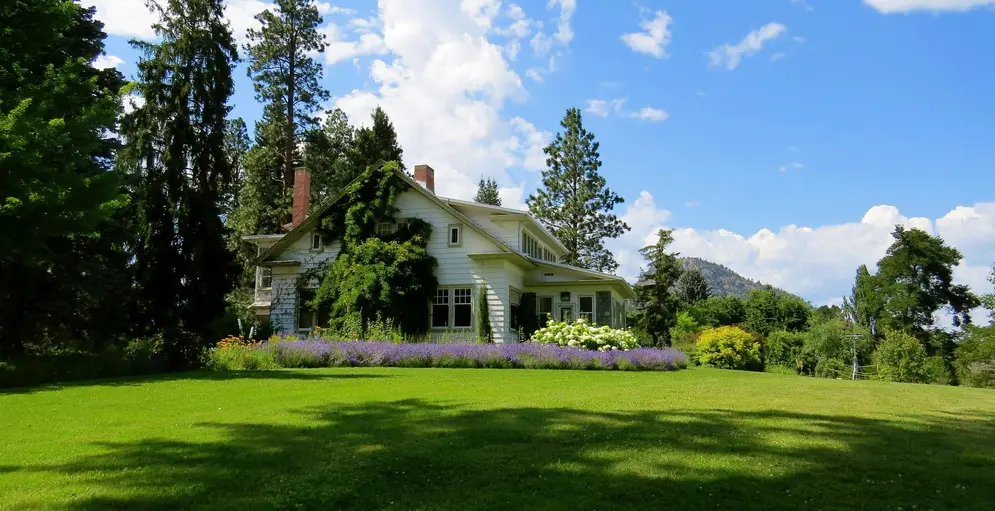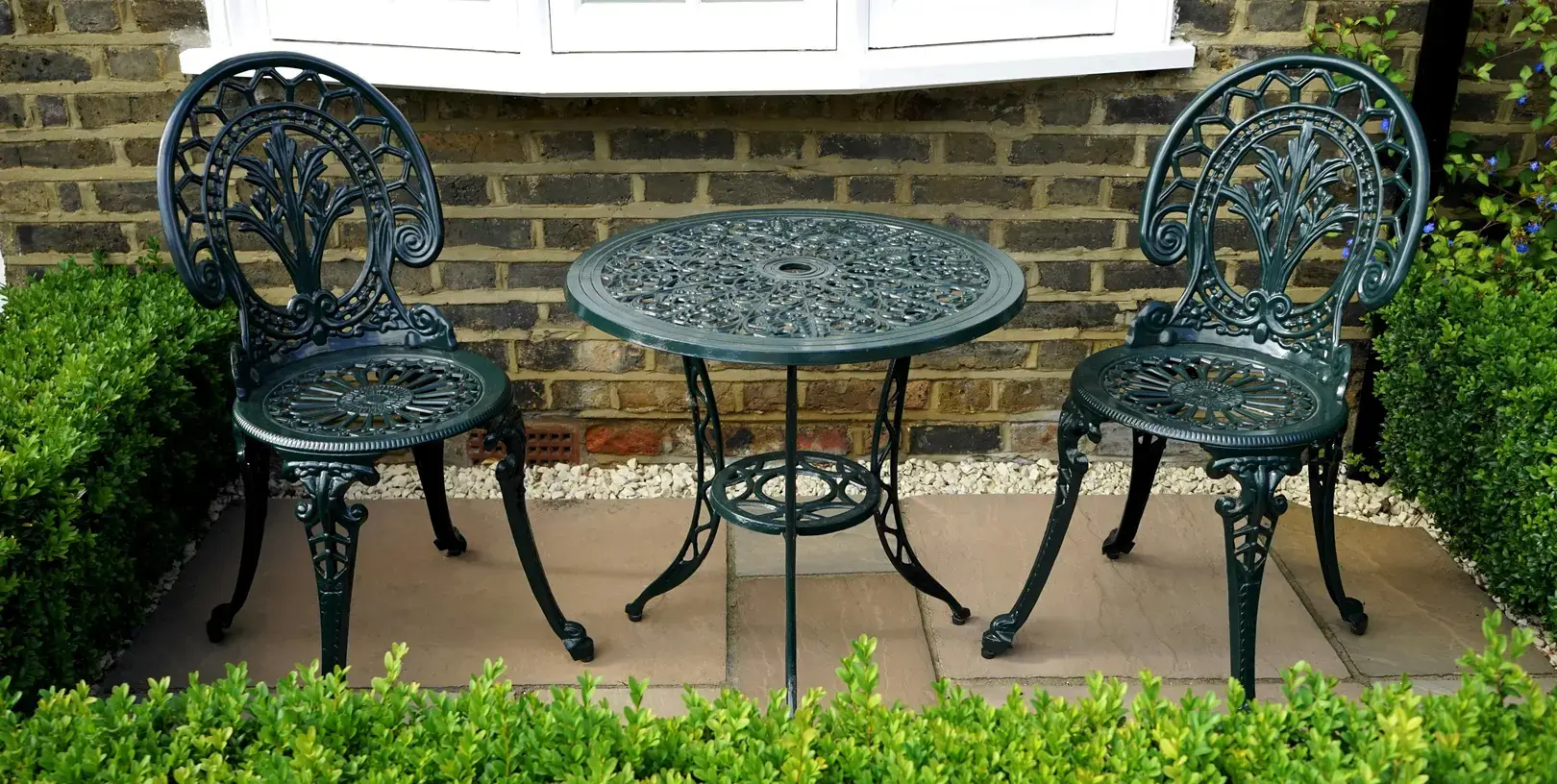Introduction
Water gardens, with their serene and tranquil settings, have long been admired for their beauty and calming effects. Ponds and water features not only add visual appeal to your outdoor space but also provide a habitat for aquatic plants and animals. Whether you have a sprawling backyard or a small balcony, incorporating a water garden can transform your space into a peaceful oasis.
Benefits of Water Gardens
Water gardens offer a range of benefits that go beyond aesthetics. Here are a few reasons why you should consider adding a pond or water feature to your landscape:
- Relaxation: The sound of gently trickling water can have a soothing effect, helping you unwind after a long day.
- Health Benefits: Being around water has been shown to reduce stress and anxiety, lower blood pressure, and improve overall well-being.
- Wildlife Habitat: Ponds attract a variety of creatures, from birds and butterflies to frogs and dragonflies, creating a thriving ecosystem in your backyard.
- Environmental Benefits: Water gardens can help maintain ecological balance by providing a water source for local wildlife and attracting beneficial insects like bees and butterflies.
Choosing the Right Location
Before you start building your water garden, it’s essential to select the right location. Here are a few factors to consider:
- Sunlight: Most aquatic plants require at least six hours of direct sunlight each day, so choose a spot that receives adequate sunlight.
- Accessibility: Ensure that your water garden is easily accessible for maintenance tasks like cleaning and adding freshwater.
- Visibility: Pick a location where you can enjoy the view of your water garden from your home or outdoor living space.
- Proximity to Trees: Avoid areas near large trees as falling leaves can cause excessive debris in your pond.
Types of Water Gardens
There are various types of water gardens you can consider for your landscape:
- Ponds: Ponds are self-contained bodies of water that can be customized to fit any size and shape. They can be enhanced with aquatic plants, rocks, and even fish.
- Waterfalls: Waterfalls add movement, sound, and visual interest to your water garden. They can be incorporated into ponds or created as standalone features.
- Streams: Streams create a natural flow and can connect different areas of your water garden. They can be adorned with rocks and plants to mimic the look of a mountain stream.
- Fountains: Fountains are versatile and can be added to both large and small water gardens. They come in various sizes and styles and can be a focal point or a subtle addition.
- Container Water Gardens: If you have limited space, a container water garden is a great option. These compact water features can be designed using a wide variety of containers, from ceramic pots to whiskey barrels.
Maintenance Tips
Proper maintenance is crucial for keeping your water garden in great condition. Here are a few tips:
- Regular Cleaning: Remove debris and excess plant material from your pond to prevent water stagnation and keep it looking clear.
- Water Quality: Test the water regularly and make adjustments using appropriate additives to keep the water balanced and healthy for aquatic life.
- Aquatic Plants: Maintain a balance of floating, submerged, and marginal plants to provide shade, oxygenation, and filtration for your water garden.
- Fish Care: If you choose to have fish in your pond, ensure they are appropriately cared for, including proper feeding and winter prep.
- Winterizing: In colder climates, winterizing your water garden is essential to protect your plants, fish, and equipment from freezing temperatures.
Conclusion
A water garden can be a captivating addition to your outdoor space, providing not only beauty but also a sense of tranquility and harmony with nature. Whether you prefer a small container garden or a large pond with a waterfall, the options are endless. With proper planning and maintenance, your water garden will become a cherished oasis for you to enjoy for years to come.
















